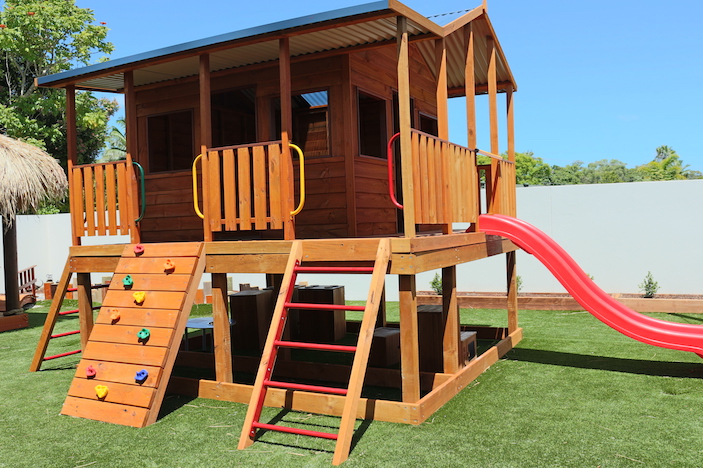“Asking a toddler not to run, jump, or climb is akin to saying “Don’t breathe.” – Janet Lansbury

The word “risk” has the potential to cause parents, family members and even educators to cringe. Children, our most precious creations, whom we are collectively all entrusted to keep healthy, safe and importantly in-one-piece (!) should avoid risky situations and be restricted to comfortable settings, right?
Of course, the presence of risk has the potential to cause harm, but it can also present an opportunity to gain. Over centuries the human race has demonstrated just how important exposure to risk is for us to grow. Before walking, we stumble, trip and fall; before riding a bike, we wobble and collide as we find our balance; before learning to skate we tumble and crash. Without risk, we would not evolve; humans and therefore children, learn by doing, trial and error and perseverance.
In early childhood settings, what are the benefits of ‘risky play’?
Children learn to:
- Regulate their fear and anger, therefore strengthening children’s emotional resilience.
- Interact socially with others.
- Establish perseverance in their attempts.
- Become capable and resourceful in their play.
- Engage in the world by identifying and assessing risk.
- Foster their imagination and inquisitive nature.
- Have fun!
However, each child, each individual, is inherently different. Parents, families and educators know and learn the capabilities of every child and how to best challenge and scaffold their learning and development. Risky play isn’t a ‘one size fits all approach’: it is important to listen to all stakeholders involved in a child’s learning journey, encourage children and listen to as well as respect their thoughts and feelings. Whilst children are learning to trust their own body and experience and balance their sense of thrill with safety, they also tend to know their capacities and the amount of fear that feels right for them. There is no need to coerce or push a child to attempt a risk that they are not comfortable with experiencing. At Bright Future, we assess all risks and weigh the possible benefits too, as well as listening to parents and children’s voices, as we compile documented risk assessments.
Want to read more?
All programming and practice, as well as policies and procedural decisions at Bright Future Early Education Centre are founded by thorough research and consideration for evidence- based studies.
Adventurous Play – Developing a culture of risky play http://www.earlychildhoodaustralia.org.au/nqsplp/wp-content/uploads/2013/07/ NQS_PLP_E-Newsletter_No58.pdf
Risky Play: Why Children Love it and Need it https://www.psychologytoday.com/au/blog/freedom-learn/201404/risky-play-why-children-love-it-and-need-it
Challenging Play – Risky! https://www.kidsafensw.org/playground-safety/challenging-play-risky
Outdoor risky play and healthy child development in the shadow of the “risk society”: A forest and nature school perspective https://www.natureplayqld.org.au/library/3/file/resources/Harper2017.pdf
